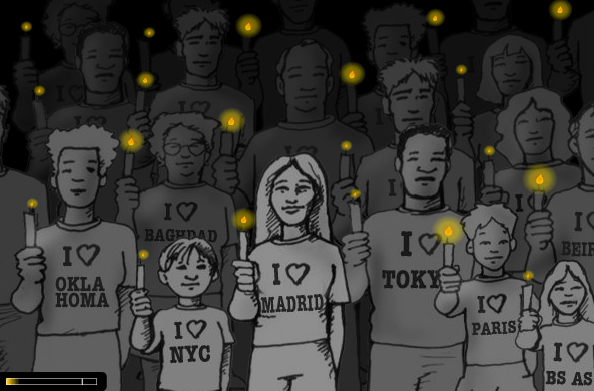I decided to talk about Scott Pilgrim because it represents one of my favorite forms of appropriation: use of fantasy elements as stand-ins for real-world issues.
None of us have actually engaged in an epic combo-punching video-game fistfight (though, if you have, I want to hear all about it). However, most of us have ended up in positions similar to Scott’s in this clip, in which our competition with a rival devolves into a no-holds-barred duel, at least in a metaphorical sense. Although the “rivals’ duel” trope does not actually apply to any of us, in its appropriated sense, as metaphor for interpersonal conflict, it applies to all of us.
Fantasy stories are often (and often correctly) accused of escapism. However, fantasy can also tell real stories, and in subtler ways than nonfiction. Scott Pilgrim is mostly fluff (though very stylish fluff), but this sort of trope appropriation can be turned to more noble ends. Through the use of trope as metaphor, we can discuss issues that could be too difficult to address outright. The video game Celeste excellently uses the “evil twin” trope to discuss mental illness, for instance. I’ve even made a video game myself that puts the “chosen one” trope to work in an examination of anxiety. These narrative ideas have power, especially when their meanings are appropriated, examined, and, often, inverted.









